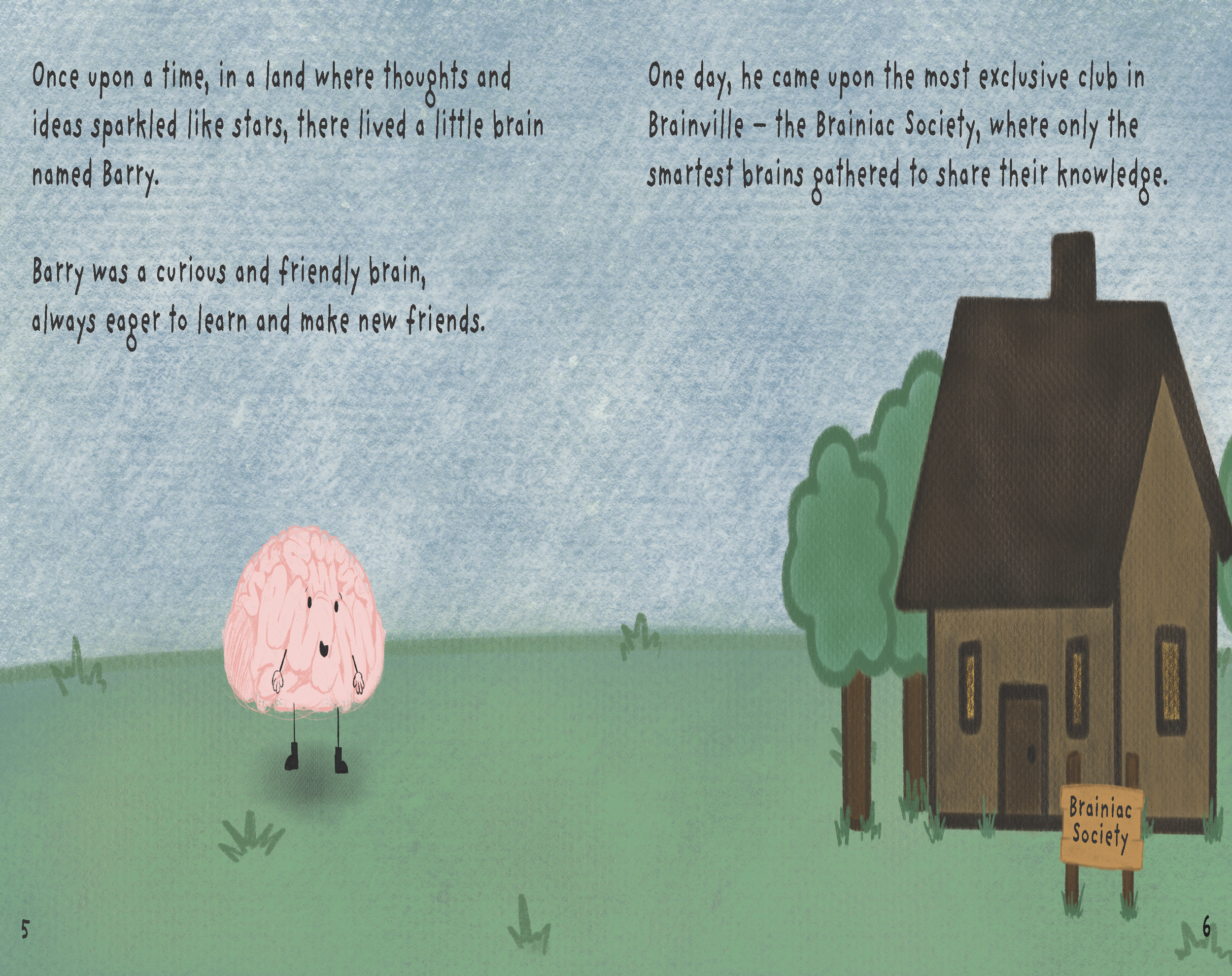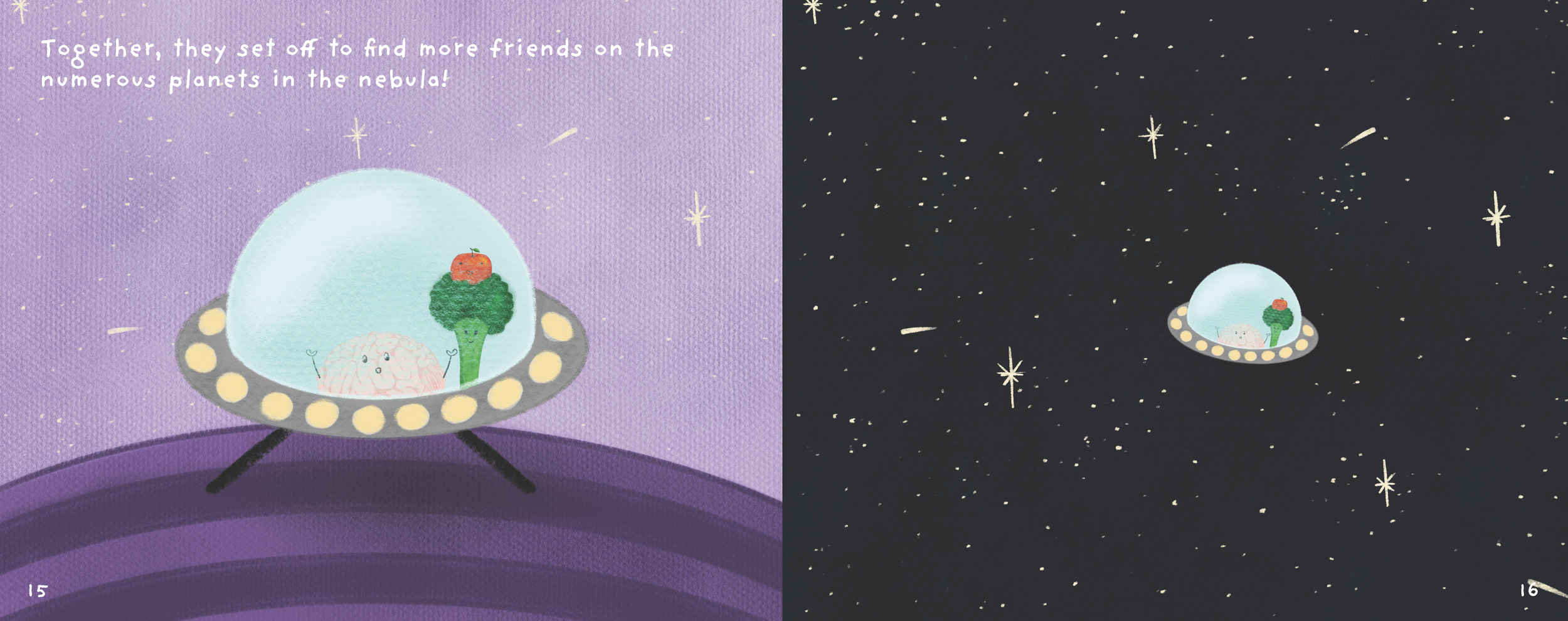
Every child has a right to know what they're being fed and that they are fed nutritional meals. Children in this country face many issues regarding nutrition, 20% of all kids are considered obese or overweight, and in North Carolina, the rate is 33.5% of children (State Nutrition, Physical Activity, and obesity profile). Throughout my research, I discovered that most schools don’t implement nutrition into their curriculum, and children are not learning the knowledge necessary to make healthy eating decisions.
Over 50% of North Carolina students qualify and utilize the reduced-fee lunch and breakfast served in public schools (Eligibility requirements set for school lunch program). This statistic proves that some of these children may only have access to meals provided through this program. So in conjunction to the lack of curriculum, we can conclude that educating young children on nutrition and its impact on the body will lead to smarter eating habits, in and out of school.
For my senior thesis, I have chosen to focus on the K-5 students in the Piedmont region who utilize school meals. Through graphic design, I aim to educate children on smart eating habits, as well as provide them with resources to make their own decisions when it comes to food. We need to begin changing the narrative of healthy eating to a more positive inclusive language that will result in a new generation that understands the importance of good quality, nutritious food.
To combat these issues and better a child’s nutritional experience in school, I have created three products under the name Sprout. This brand appeals to the younger audience with bright colors and dynamic bubble lettering. We utilize fun, but readable, text to ensure information is received and retained by the younger audience, we combine this with a playful graphic style to improve lasting engagement.
I have created a series of posters that contain foods, organized by the food group, as well as a suggestion for how often to eat them. These anchor charts will act as visual indicators for children to place individual food items into their appropriate food groups. The styling of the infographics will engage the children and assist them with transferring new knowledge to the cafeteria and beyond.
kids will have the opportunity to bring the learning home, using the fun illustrative style that I have developed with the educational benefits of the anchor charts, I have created recipe cards. These will be passed out to the students to bring home and encourage the learning to continue. Here are 3, kid-friendly, easy-to-make recipes that can be made with just a few ingredients; guacamole, broccoli cheddar soup, and a berry banana smoothie.
Finally, I would like to highlight a children's book I am creating in collaboration with Vanessa Yakimenko, a fellow graphic design student. Through colorful illustrations and a whimsical storyline, I aim to capture children's attention and celebrate how good food influences their brains, lifestyles, and growth.
We tell the story of Barry the brain and his adventure into space to find the smartest foods. Barry visits many planets and discovers that each type of food brings their own benefits to the table and maintaining a diverse diet helps your brain grow big and strong!
From interviewing teachers and young parents, I have seen that most children aren’t immediately turned away from healthy foods, and don’t necessarily feel drawn to only eating junk food.
We can encourage children to make their own, healthy, choices by showing the positive impacts that good food can have. By using the ‘reward’ of better brain power and growing tall and strong, children can navigate those decisions by themselves, which will lead to lower childhood obesity rates and better school lunches.






















